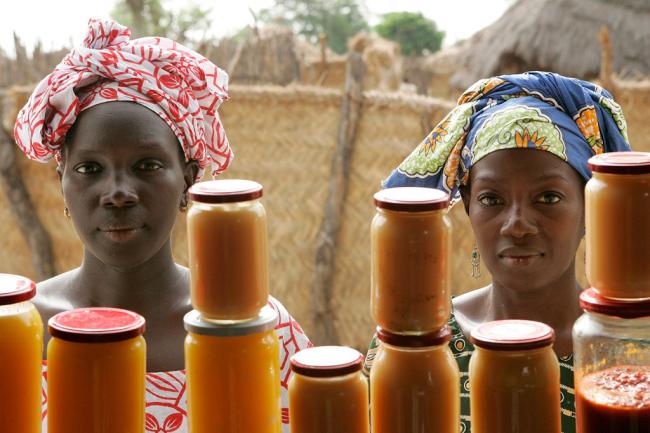
Anaemic economic growth in some regions hampers progress on Global Goals, UN report finds
In a statement on themed-2017 UN World Economic Situation and Prospects (WESP) report, Lenni Montiel, Assistant Secretary-General for Economic Development in the UN Department of Economic and Social Affairs, underscored the “need to reinvigorate global commitments to international policy coordination to achieve a balanced and sustained revival of global growth, ensuring that no regions are left behind.”
The WESP report identified revived global trade, citing a tentative recovery in world industrial production driven by rising import demand from East Asia. However, economic recovery in South America is emerging more slowly than anticipated, and gross domestic product (GDP) per capita is declining or stagnant in several parts of Africa.
According to the report, firmer growth in many economies, both developed and in transition, underpin global economic recovery – with East and South Asia remaining the world’s most dynamic regions.
During a press conference at UN Headquarters, Diana Alarcón, Chief of the Global Economic Monitoring Unit told journalists the report “confirms that at the global level, economic growth has strengthened in recent months in line with the forecast presented in January.”
She said “industrial production has picked up, world trade is reviving, and economic sentiment has generally improved. World Gross Product is expected to expand by 2.7 percent in 2017 and 2.9 percent in 2018.”
However, she said, “the modest strengthening of economic activity has not been evenly spread across countries” as “recovery remains insufficient in many regions for rapid progress towards achieving the Sustainable Development Goals (SDGs).”
Forecasts for GDP growth in some of the least developed countries (LDCs) have been revised downward since January, with growth in the group as a whole projected to remain well below the SDG target of at least seven per cent. The report notes that under the current growth trajectory and assuming no decline in income inequality, nearly 35 per cent of the population in LDCs may remain in extreme poverty by 2030.
Additional policy efforts are needed to foster an environment that will accelerate medium-term growth and tackle poverty through policies that address inequalities in income and opportunity.
The report points to a combination of short-term policies supporting consumption among the most deprived and longer-term policies, including improved healthcare and education access and rural infrastructure investment.
According to the report, inflation dynamics in developed economies have reached a turning point, largely dissipating risks of prolonged deflation. By contrast, inflationary pressures have eased in many large emerging markets, allowing interest rates to come down.
The report stresses heightened uncertainty over international policy, hindering a global rebound in private investment. In many emerging economies, corporate sectors are vulnerable to sudden changes in financial conditions and destabilizing capital outflows, which could be triggered by faster-than-expected interest rate hikes in the United States.
At the same time, the WESP report highlights positive developments surrounding environmental sustainability. For three consecutive years, global carbon emissions have stalled – positively reflecting renewable power growth, energy efficiency improvements, transitions from coal to natural gas and slower economic growth in some major emitters. But, the report also warns against waning commitments going forward.
Looking ahead, the report advocates for renewed global commitments to deeper international policy coordination in key areas, including aligning the multilateral trading system with the 2030 Agenda for Sustainable Development; expanding official development aid; supporting climate finance and clean technology transfer; and addressing the challenges posed by large movements of refugees and migrants.
UN Photo/Evan Schneider
Source: www.justearthnews.com
Support Our Journalism
We cannot do without you.. your contribution supports unbiased journalism
IBNS is not driven by any ism- not wokeism, not racism, not skewed secularism, not hyper right-wing or left liberal ideals, nor by any hardline religious beliefs or hyper nationalism. We want to serve you good old objective news, as they are. We do not judge or preach. We let people decide for themselves. We only try to present factual and well-sourced news.







